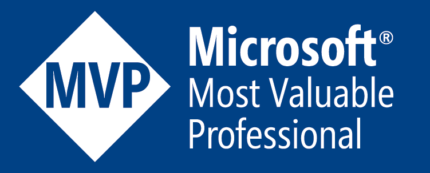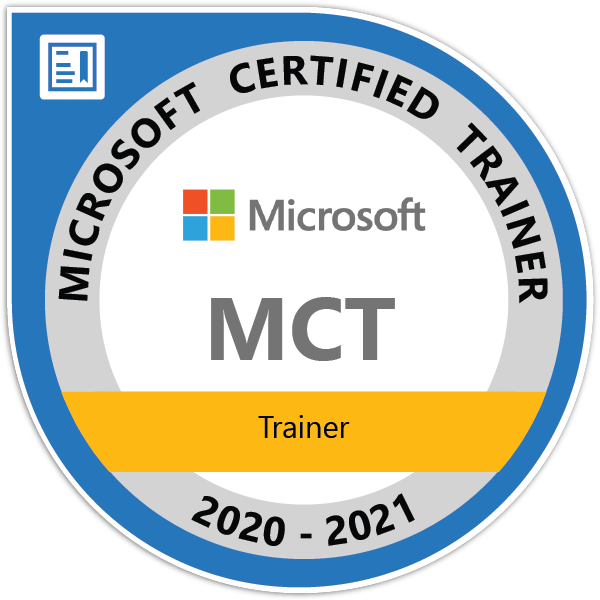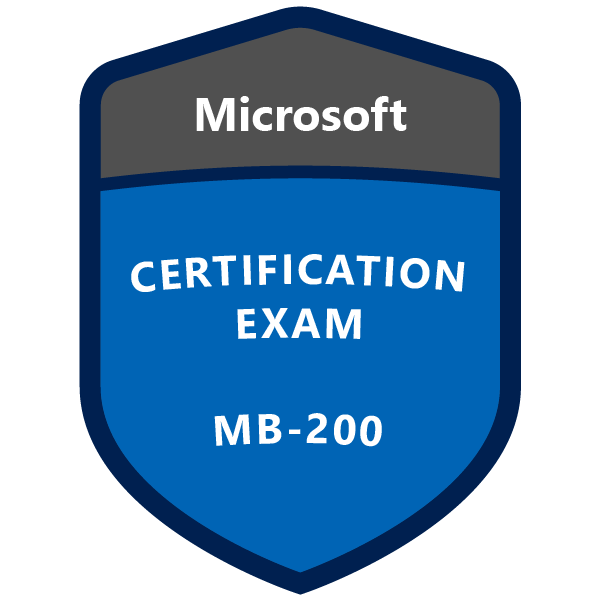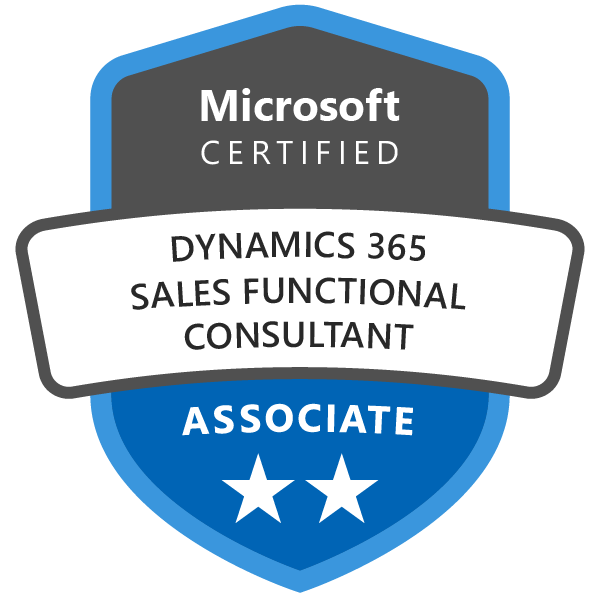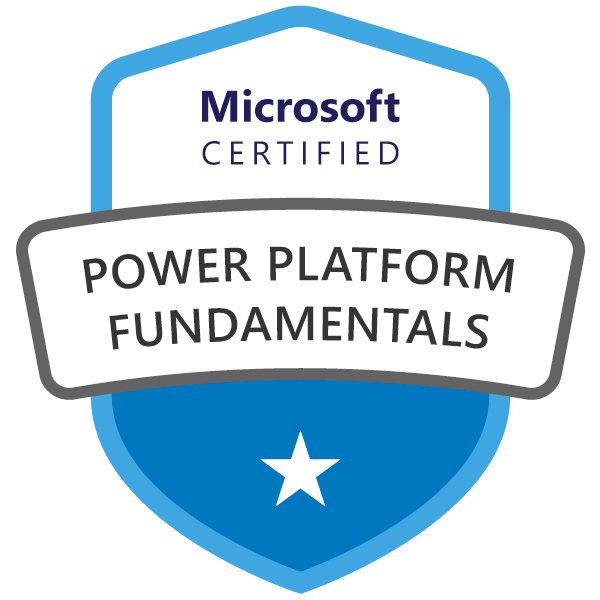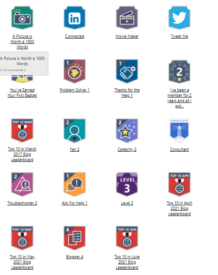What is Dynamics 365 Customer Engagement (CRM)

What is Dynamics 365 ?
Dynamics 365 is a cloud based software product bundle of Microsoft which targets to solve all Enterprise Resource Planning (ERP) and Customer Engagement (CE) previously called as Customer Relationship Management (CRM) required for any business using one common platform. Previously It was called as Dynamics CRM and Dynamics AX (ERP). Now It combines the ERP so the name is given as Dynamics 365 with more additional powerful application modules. Now Dynamics 365 comes with a App structure for different modules.
Apps Available in Dynamics 365 Business Applications are given below:
- Marketing App (CE)
- Sales App (CE)
- Customer Service App (CE)
- Field Service App (CE)
- Project Service Automation App (CE)
- Finance App (ERP)
- Operation App (ERP)
We have two areas to know about Dynamics 365. The Functional & Technical parts. We will discuss these in below sections.

Functional Notations
Functionally we can define Dynamics 365 as a common cloud platform for both ERP & CRM that provides a greater flexibility with robust automated business process flows to manage the Sales , Marketing , Customer Service , Field Service , Project Service Automation, Operations and Finanacial apps process needs of day-to-day business which provides 360o customer data view and analysis with Artificial Intelligence(AI) and Power Platform integration to mimic the real world assistance, Relationship Insights to take smart decisions , Power BI for strategic reporting which becomes more powerful by native integration with MS Office 365 & Sharepoint.
The modules of Dynamics 365 are as given below:
- Sales Apps/Module (CE)
- Marketing App/Module (CE)
- Customer Service App/Module (CE)
- Field Service App/Module (CE)
- Project Service Automation App/Module (CE)
- Operations & Financials Modules (ERP) (Out of Context of this article)

As a Functional Consultant we need to understnad all the available apps and modules of Dynamics 365 and the processes involved in the apps. For example : For Sales App you need to understand Lead Qualification process, Sales Pipeline process, Quoting and Invoicing Process using Dyanmics 365 CE entities.

Technical Notation
Technically we can define Dynamics 365 as a well architectured Microsoft.NET WEB APPLICATION hosted on Internet Information Service (IIS) which uses SQL Server Database as the backend database with a streamlined and high level data architecture, which provides extensibility options to extend the Out-of-the-box process features using Configurations & Customizations and available in Cloud and On-Premise installation.
Configuration & Customization (Enhancement)
Configuration means building components without writing code. Extending Dynamics 365 application using OOB designs editors to create components is called Configuration. Below is the partial list of items we can configure.
- Creating Workflows
- Creating Dialogs
- Creating Business Process Flows (BPF)
- Configuring Business Rules
- Creating Actions
- Configuring the System and Advanced Settings
- Defining Global Optionsets
- Configuring Security Role & More
Customization involves building applications as given below which requires codes with knowledge of Microsoft .NET and Dynamics 365 SDK.
- Writing Plugins
- Writing Custom Workflow Activities
- Writing Form Scripts/Client Scripts
- Creating Web Resources
- Creating Custom Websites
- Writing Custom Web services
- Writing Console Applications
Here is given a schematic model to understand how the Dynamics 365 is organized and how different systems are interconnected to built a whole powerful system.
Dynamics 365 Architecture
The below model explain how SQL database and fornt-end processes are interacting and how end users are accessing the Dynamics 365 system.It also explains how SQL views are playing role in the model.

Configuration V/S Customization
There is always a confusion by the customers and beginners to identify the actual meaning of configuration and customization w.r.t Dynamics 365 system. So here you will find the differences in details.
| Configuration | Customization | |
| 1 | This is the modification of the out-of-the box functionality using the available configuration scope. | This is the process of extention of the out-of-the box process of the system with custom .net code or javascript |
| 2 | Both End Users & Developers with proper security previlege can do configuration | Only Developers with coding knowledge of .NET can customize the system to extend Dynamics 365. |
| 3 | Workflows, Dialogs, BPFs, Business Rules, System Settings, Duplicate Detection Rules Setup, Security Role Setup, Creating Business Unit etc. | Plugins, Custom Workflows, Javascripts, Custom Webpages and web services, SSRS reports etc |
| 4 | System/ Custom Reports within D365 | SSRS Reports built outside and integrated in D365 |
Topics you should understand and go thorough to be a Master in Dynamics 365.
- Schema Customization
- Security Model Customization
- Process Customization
- UI Customization
- Analytics Customization
- Template Configuration
- Power BI
- Power Apps – Model-Driven Apps/ Canvas Apps
- Power Automate (Old name Microsoft Flow)
- DevOps for Dynamics 365
- Solution Mamagement
- Dynamics 365 Administration and System Configuration
- Installation and Configuration
- Scenario based Practical walkthroughs
- Unified Client Interface
- Mobile Applications for Dynamics 365
- Email Configuration for Dynamics 365
Thanks for reading the article. Please subscribe my site and youtube channel for more articles and videos. Hope this helps.


